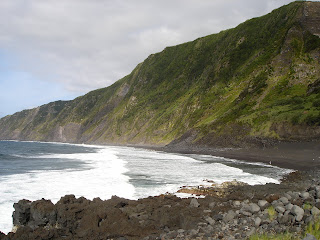 The ancient Mesopotamian town of Mardin is the first town I visited in Turkey's Southeast. Now you might want to ask: of all the beautiful towns and cities in southeastern Turkey, why Mardin?
The ancient Mesopotamian town of Mardin is the first town I visited in Turkey's Southeast. Now you might want to ask: of all the beautiful towns and cities in southeastern Turkey, why Mardin?The answer is simple: because of the exemplary architectures I once saw in 'Sila', a Turkish soap opera starring the handsome ex-model Mehmet Akif Alakurt and Cansu Dere, a former Miss Turkey second-runners up. The whole series was filmed in the old town of Mardin and nearby towns such as Midyat and Hasankeyf. At first I started following the series out of curiosity-thanks in no small part to the dark, good looks of the romantic, kind-hearted male lead known as Boran Aga (protrayed by Mr. Akif Alakurt). But soon after, something more fascinating caught my attention: the medieval sandstone mansions and buildings featured in the series, which would turn into an enchanting shade of fiery, mysterious brownish red in the evening sun.







